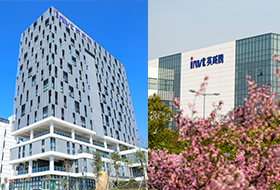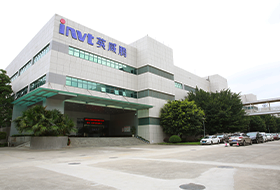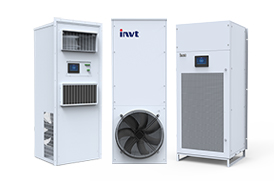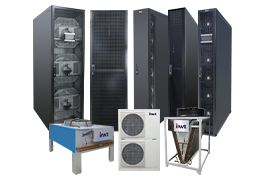Principle, structure and development trend of liquid freezer
With the rapid development of information technology and cloud computing, server cabinets are increasingly used in data centers. As a new cooling method, liquid cooling technology has the advantages of high energy efficiency, high density, and low noise, so its application in the field of server cabinets has gradually attracted attention.
1. Technical principles of liquid cooling cabinets
Liquid cooling technology is a cooling method that uses liquid as a heat dissipation medium to take away the heat of the equipment in the server cabinet. Specifically, liquid cooling technology takes advantage of the high thermal conductivity of the liquid, pumping the liquid from the condenser to each device in the server cabinet, absorbing the heat generated by the device, and then flowing back to the condenser for cooling.
●The liquid supply system is responsible for providing cooling liquid, usually a mixture of deionized water and ethylene glycol.
●The liquid circulation system consists of pumps, pipes, and heat exchangers, and is responsible for bringing the heat absorbed by the liquid from the server cabinet back to the cooling system for cooling.
●The cooling system is mainly composed of a cooling tower, chilled water system, and heat dissipation system, which is responsible for transferring the heat in the liquid to the external environment.
●The control system is mainly responsible for controlling parameters such as liquid temperature and flow rate to ensure the stable operation of the liquid cooling system.
●The monitoring system is responsible for monitoring the operating status of the liquid cooling system in real time and detecting and handling faults promptly.
2. Internal structure of the liquid cooling cabinet
The internal structure of the liquid cooling cabinet mainly consists of the following parts:
●Server equipment area: An area where servers are placed. The heat generated by the equipment is dissipated through the liquid cooling system.
●Liquid circulation pipe: The channel for liquid circulation in the liquid cooling system, including liquid inlet pipe, liquid outlet pipe, and circulation pipe.
●Condenser: A device that transfers heat in a liquid to the external environment. It usually uses a plate heat exchanger or a shell and tube heat exchanger.
●Cooling water tower: A device that provides a cooling water source and transfers heat to the atmospheric environment.
●Pump: Equipment used to drive liquid circulation, usually a centrifugal pump or a screw pump.
●Monitoring system: Equipment for real-time monitoring and control of the operating status of the liquid cooling system, including temperature sensors, pressure sensors, and liquid level sensors.
●Electrical control system: used to control the electrical components of the liquid cooling system, including control cabinets, power supplies, etc.
●Maintenance structure: including cabinet doors, observation windows, filters, and other maintenance facilities.

 networkpowersales@invt.com.cn
networkpowersales@invt.com.cn



























